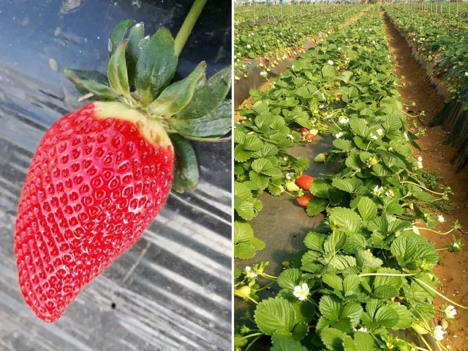 Nabil remains optimistic about the potential for higher prices due to the decrease in cultivated area. He notes, ‘As the industry gears up for the first strawberry harvest in mid-September, all eyes are on market dynamics and their impact on the season. Looking beyond Morocco’s berry production, Spain, another major player in the market, is also anticipating a reduction in cultivated area. This parallel trend in two major producing countries could affect global supply chains and pricing.’
Nabil remains optimistic about the potential for higher prices due to the decrease in cultivated area. He notes, ‘As the industry gears up for the first strawberry harvest in mid-September, all eyes are on market dynamics and their impact on the season. Looking beyond Morocco’s berry production, Spain, another major player in the market, is also anticipating a reduction in cultivated area. This parallel trend in two major producing countries could affect global supply chains and pricing.’